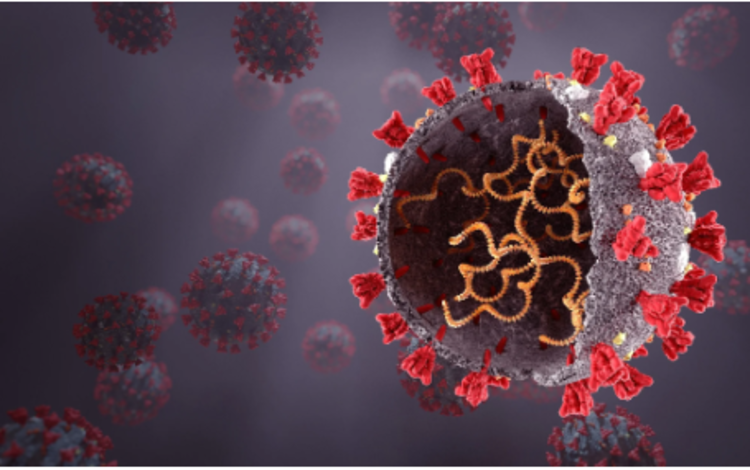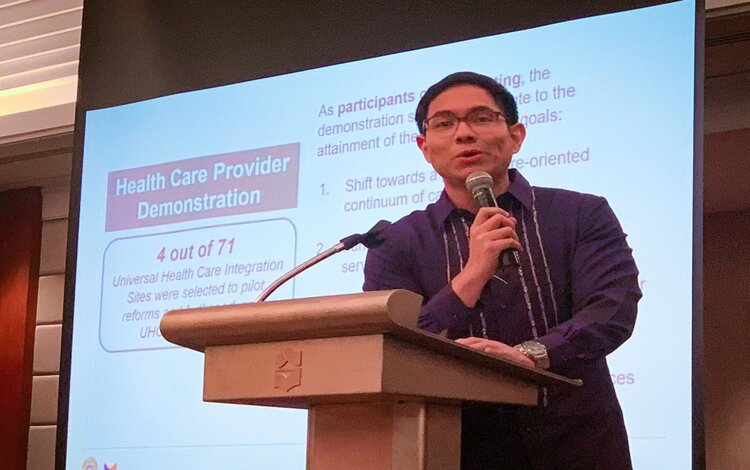The COVID-19 subvariant KP.2, part of the so-called “FLiRT” variants, has reached the Philippines, as confirmed by the Department of Health (DOH) on Tuesday. This development comes despite the government’s ongoing efforts to curb the spread of the virus.

In a statement, DOH Assistant Secretary Albert Domingo revealed that the earliest sample collection date for KP.2 in the country was in May 2024. “It may be likely that there are earlier KP.2 cases, but because of limited sequencing we have not detected and reported this earlier,” he said. This suggests that KP.2 may have been present in the country before May, but the limited genome sequencing capacity hindered its early detection.
The KP.2 subvariant is currently classified as a variant under monitoring by the World Health Organization (WHO). Experts note that it is a descendant of JN.1, a variant of interest that caused a surge in COVID-19 cases globally earlier this year.
DOH Secretary Teodoro Herbosa emphasized the need for continuous vigilance and monitoring of new virus variants. “We need to be prepared and strengthen our measures against COVID-19, including vaccination and maintaining health protocols,” Herbosa stated. Despite no evidence suggesting that KP.2 is more severe or transmissible than earlier variants, the DOH urges the public to remain cautious and adhere to health guidelines. “Following health protocols such as wearing masks, hand washing, and social distancing remains crucial to prevent the spread of the virus,” Herbosa added.
Currently, the DOH is working closely with various local government units (LGUs) to prevent the spread of KP.2 and other variants. The vaccination campaign is also being intensified to protect more Filipinos against COVID-19.
In response to the new variant, the DOH has issued updated guidelines for healthcare facilities and increased resources for genome sequencing. The goal is to more rapidly identify new cases of KP.2 and other variants in the future.
The DOH encourages the public to get vaccinated and receive booster shots to maintain safety against COVID-19. “Our fight against the pandemic is not yet over. We need to work together to keep everyone safe,” Herbosa concluded.
Despite the challenges, the DOH remains optimistic that through collective efforts and cooperation, the Philippines can overcome the threat of COVID-19 and its new variants. The Department of Health assured the public that all regions nationwide remain at “low risk” for COVID-19, and the uptick in cases has been “slow, mild, and manageable.”

Recent sequencing data from the University of the Philippines-Philippine Genome Center (UP-PGC) detected the first two local cases of KP.2, one of the two FLiRT variants (the other being KP.3) under close monitoring by local and international health authorities. Flirt is an informal term used by researchers to refer to a family of new SARS-CoV-2 variants. However, the DOH prefers to avoid using this term for KP.2 and KP.3, opting instead to call them Omicron subvariants to prevent miscommunication of health risks.
